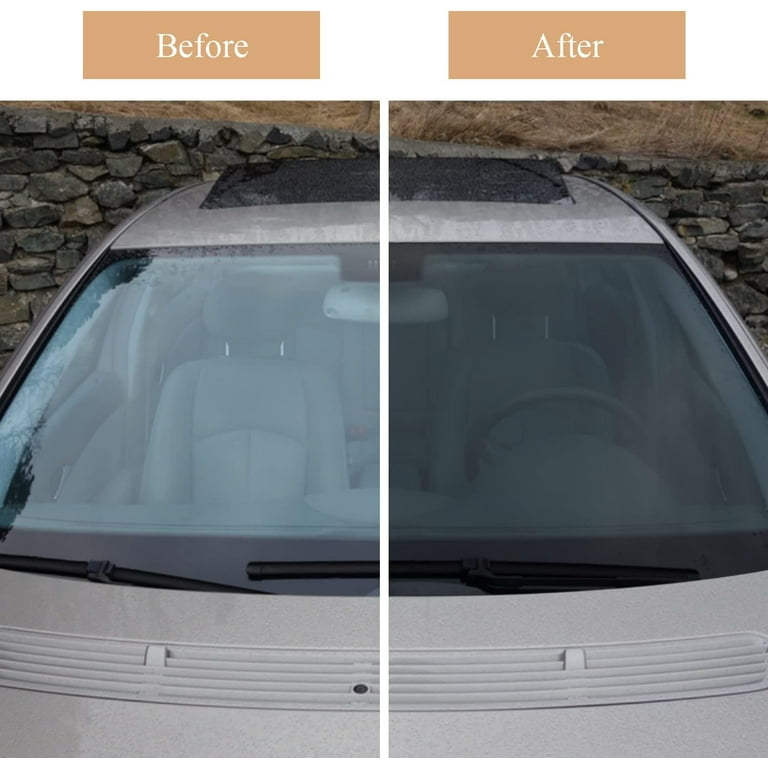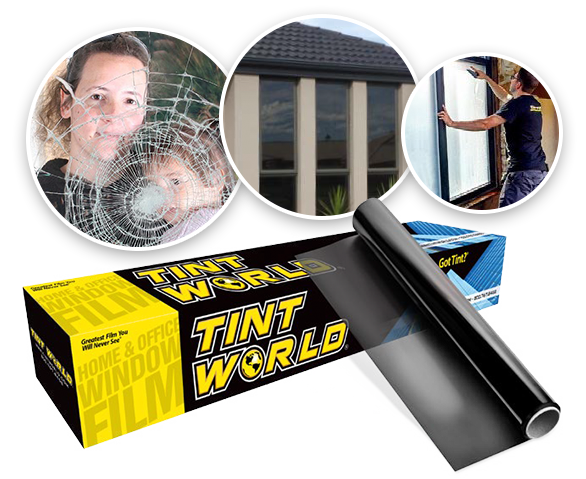Top Reasons to Select Professional Auto Window Tinting Services
Top Reasons to Select Professional Auto Window Tinting Services
Blog Article
Home Window Tinting Regulations and Guidelines: What You Required to Know Prior To Tinting Your Vehicle
Prior to proceeding with window tinting for your vehicle, it is vital to familiarize yourself with the diverse legislations and standards that regulate this practice across various states. These guidelines dictate the permitted degrees of color darkness, commonly gauged by visible light transmission (VLT) percentages, and include specific stipulations for front windscreens intended at ensuring roadway safety.
Overview of Home Window Tinting Rules
Home window tinting legislations are often subject to variation throughout various territories, mirroring neighborhood regulations and security considerations. These legislations determine the allowable degrees of tint darkness and reflectiveness on lorry home windows, ensuring that drivers keep appropriate exposure while likewise securing against damaging UV rays and warmth.
Many guidelines identify window tinting based upon the Visible Light Transmission (VLT) portion, which indicates the amount of light that can go through the home window. Usually, lower VLT portions signify darker tints. Regulations frequently distinguish in between the front, side, and back home windows, with stricter limitations related to the front windshield to improve security for both the vehicle driver and various other roadway users.
Additionally, some territories impose constraints on the reflectivity of the color, protecting against excessive glow that could harm visibility. Exceptions to these legislations may exist for people with particular clinical conditions calling for extra sun defense. Compliance with home window tinting guidelines is vital, as violations can result in fines, obligatory removal of the tint, and potential boosts in insurance policy costs. For that reason, it is important for automobile owners to acquaint themselves with local laws before waging window tinting setups.
State-by-State Tint Laws
Comprehending the details window tinting policies in each state is essential for vehicle owners seeking to follow the law. Each state in the U.S. has established its very own set of rules controling home window tinting, which can differ dramatically. These laws frequently determine the allowed levels of color darkness, the kinds of home windows that can be tinted, and any type of clinical exemptions that may use.
For example, states like The golden state have rigid constraints on color darkness for front windows, while others, such as New Mexico, may allow darker tints. Furthermore, certain states mandate certain visibility percents for different windows, including the windshield, front side windows, and rear windows. It is crucial for cars and truck owners to acquaint themselves with their state's legislations to avoid prospective penalties or charges.
Furthermore, some states may require a qualification sticker to be put on colored windows, suggesting compliance with state laws. Failing to abide by these regulations not only runs the risk of lawful consequences however can also influence safety and security and presence while driving. Therefore, vehicle owners should carry out extensive research or speak with regional authorities to guarantee full understanding and compliance with state-by-state tint laws.
Allowed Color Degrees and Kinds
Several automobile proprietors may be stunned to discover that enabled tint degrees and types vary commonly throughout different states. Each state has established more helpful hints its very own regulations concerning the permitted darkness and reflectivity of home window tint, commonly gauged by Visible Light Transmission (VLT) percents. VLT refers to the quantity of light that can go through the tinted windows; thus, a lower percentage suggests a darker color.

In addition, the sorts of tint materials permitted can differ, with some states forbiding mirror-like or metallic surfaces. It is necessary for car proprietors to familiarize themselves with their state's specific regulations to make certain compliance. Non-compliance can lead to fines, required removal of the color, or various other lawful site link consequences, making it imperative to comprehend these regulations prior to continuing with installation.
Medical Exceptions for Tinting
While not all states provide allowances for clinical exceptions relating to home window tinting, those that do acknowledge the need for certain people to enhance exposure and comfort because of medical problems. Various medical conditions, such as lupus, skin cancer cells, and particular eye problems, can provide people especially conscious sunshine. These individuals might need darker tints to protect themselves from unsafe UV rays and glow.

It is essential to keep in mind that despite a clinical exception, there might still be restrictions on the level of tint allowed. Compliance with state legislations guarantees that people are both protected and within legal restrictions. Those taking into consideration medical exemptions should contact their local Department of Electric motor Automobiles or comparable authority to understand the needs and treatments needed to request an exception efficiently.
Penalties for Non-Compliance
Stopping working to follow window tinting legislations can cause considerable fines, which vary by state. Law enforcement firms are empowered to provide citations for automobiles that do not comply with the defined tinting regulations. These fines usually include fines, which can vary from small total up to a number of hundred dollars, depending on the seriousness of the violation and the state concerned.
In some territories, repeated offenses may cause escalating penalties or additional charges, such as mandatory court appearances. Furthermore, non-compliance might necessitate the removal of unlawful tinting, often at the owner's cost. In extreme situations, habitual offenders might deal with suspension of their car registration till conformity is attained.
In addition, insurance coverage ramifications may develop from obtaining multiple citations for home window color violations. Insurance providers may see such offenses as an indicator of riskier actions, potentially causing increased premiums or problem in coverage.
To prevent these fines, it is important for car proprietors to acquaint themselves with their regional window tinting regulations and ensure that their lorry complies (Window Tinting). This positive strategy not only stays clear of legal implications however also promotes roadway safety and security
Final Thought

Many laws classify window tinting based on the Visible Light Transmission (VLT) percent, which shows the quantity of light that can pass through the window. Compliance with home window tinting regulations is critical, as infractions can result in penalties, compulsory elimination of the site web tint, and prospective rises in insurance coverage costs.Comprehending the specific window tinting regulations in each state is important for car proprietors looking for to conform with the regulation. These regulations commonly dictate the allowed levels of tint darkness, the types of home windows that can be tinted, and any medical exceptions that may use.
For circumstances, states like The golden state have rigorous limitations on tint darkness for front home windows, while others, such as New Mexico, may allow darker colors.
Report this page